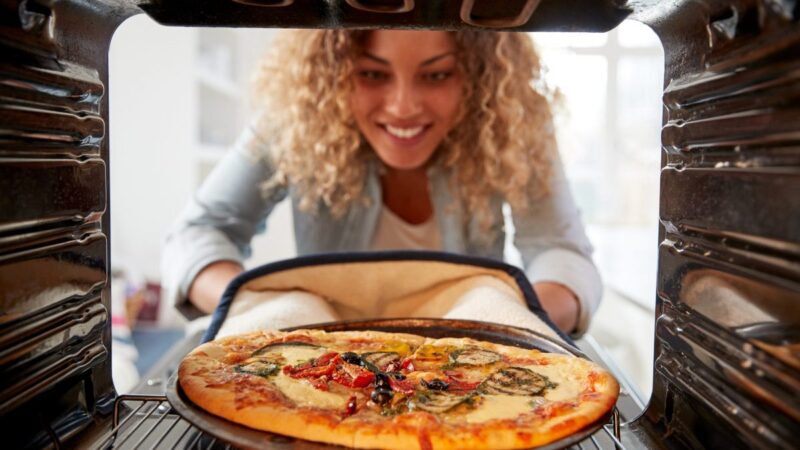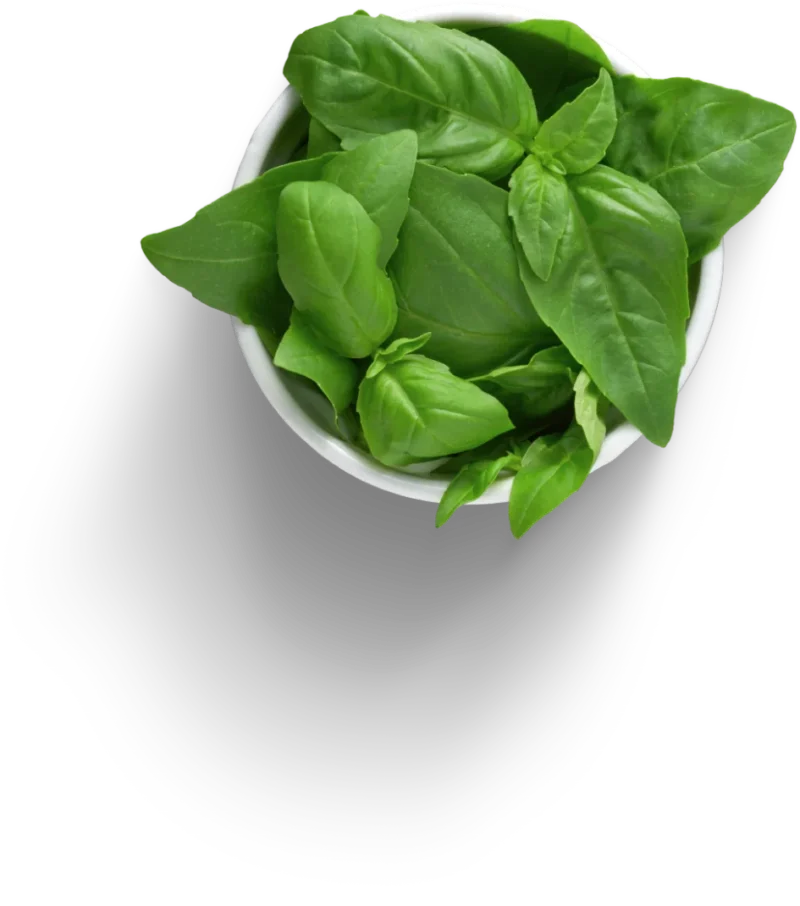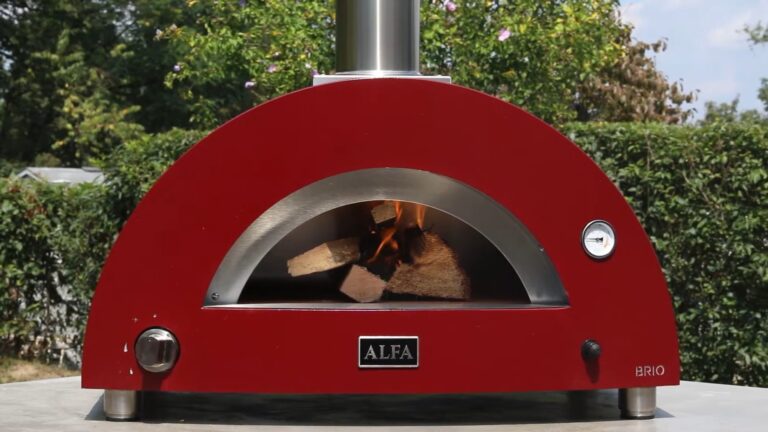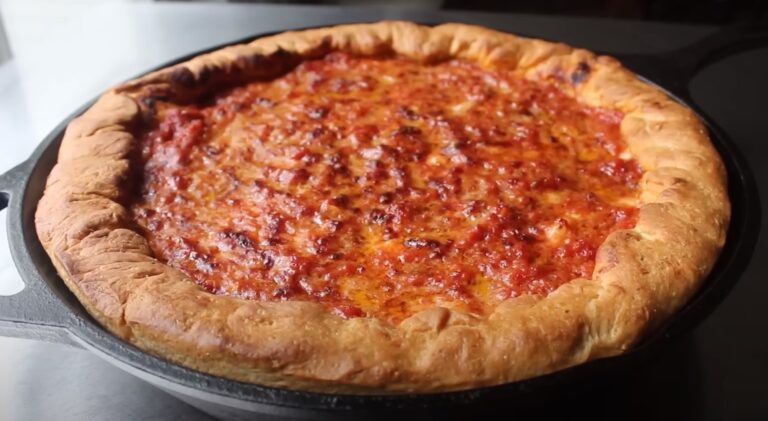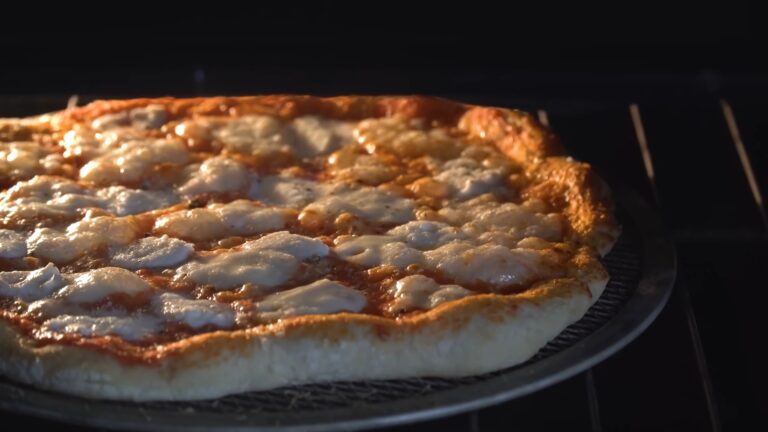Sometimes after eating pizza, there’s still a slice or two left over. You don’t want it to go to waste, but how do you reheat it without messing it up?
Well, I’m gonna tell you the easiest way to do it – in the oven! This method keeps the crust crisp instead of soggy. It works great every time.
The key is using the right temperature and checking on it so it doesn’t get burned. I’ll tell you exactly what to do step-by-step so your leftover pizza tastes just as good as when it was fresh.

Preparing
First of all, you’ll need an oven to reheat the pizza – that’s a given! But also gather up a baking sheet or pizza stone. Using one of those will help the crust get crispy instead of soggy.
If you want your crust a little softer, you can lay the pizza slice on aluminum foil too. Just be careful cause the foil gets hot!
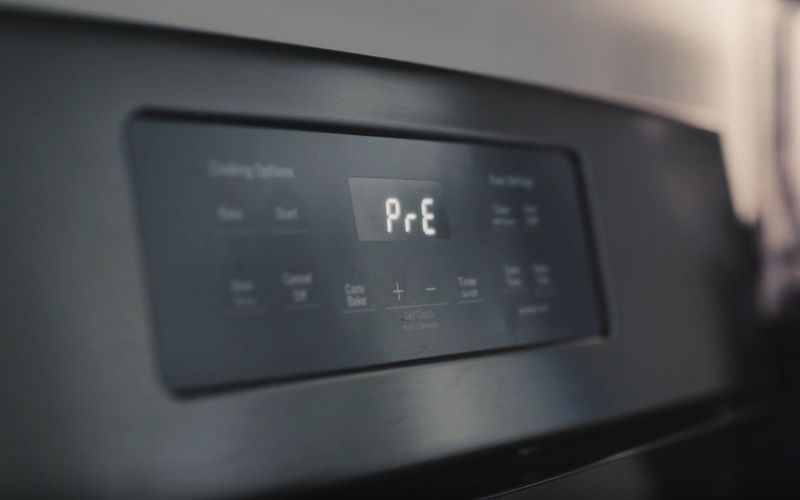
And don’t forget – you’ll need some oven mitts. That way you don’t burn your fingers when taking the pizza in and out. Oven mitts are a must-have.
The key to a perfectly reheated pizza lies in how you preheat your oven. A temperature range of 350°F to 450°F (180°C to 230°C) is ideal in most cases .
If you’re after a crispier crust, lean towards the higher end of this range.
For a crispier bottom, use a baking sheet or preheat a stone and place your slices directly on it.
If you want to do less cleaning after, you can put the pizza slice right on the oven rack. It’ll work okay to heat it up that way. Just be ready for some crumbs to maybe fall down below.
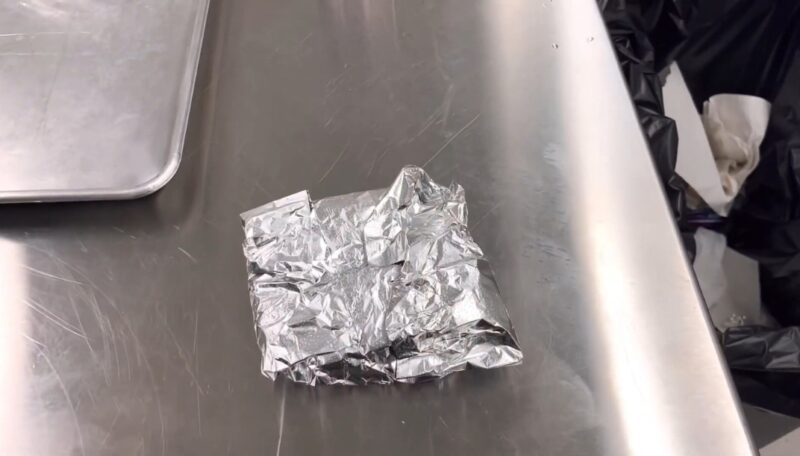
For those who enjoy a softer crust, there’s a simple trick – cover the pizza with aluminum foil. This method traps steam during the reheating process, preventing the crust from becoming too hard or crunchy. A small step that can make a big difference.
Reheating
So when you’re warming up leftovers from your pizza, it’s really important to get the timing just right. You don’t want it to be cold in the middle or burned on the outside! The thickness of the crust is what makes the biggest difference.
If your crust is on the thin side, give it around 3 to 5 minutes. That should be long enough to heat it all the way through. Now a thicker crust might take a little longer, like 5 to 8 minutes. The extra thickness means it takes more time for the heat to reach the middle.
It’s important to adjust the time based on your oven’s characteristics and the specific type of pizza you’re reheating.
You want the crust to be a nice golden brown color and the cheese all melty and bubbly. As soon as you notice that, then it’s the perfect moment to take them out.
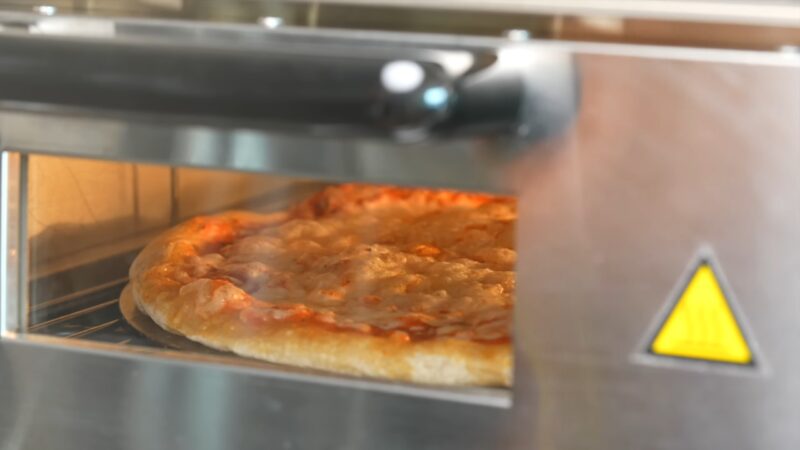
If you leave them for too long, it can easily go wrong. The crust might get too dark or crunchy, or the toppings might dry out and not be tasty anymore. So stay focused the whole time and watch closely.
And once again, always use oven mitts any time you’re holding something that just came from the oven. Not only does it protect your hands from getting burned, but it also gives you a better grip so nothing slips out of your hands. We definitely don’t want any dropped food!
Additional Tips
How to Avoid Soggy Crust?
Sometimes all the juicy toppings like sauce or veggies can make the bottom part of the crust feel kinda soft and icky. But I know a sneaky trick to stop that from happening.
Put a sheet of aluminum foil on the oven rack before you lay your slices on top. That foil acts like a shield so the moisture from above can’t sink down into the crust below.
It’s like a magical barrier that keeps everything crispy!
Reheating Frozen Pizza
If you’re dealing with frozen pizza, the process changes slightly. Always thaw it in the refrigerator before reheating.
Adding Freshness
Even after reheating, sometimes the crust or toppings can seem a little dry or bland. But there’s an easy way to freshen things up.
Try sprinkling a few drops of water just on the edges of the crust before popping it in the oven. Or add a slice of tomato or basil on top. The moisture will make the crust nice and chewy again.
Why Oven and Not Something Else?
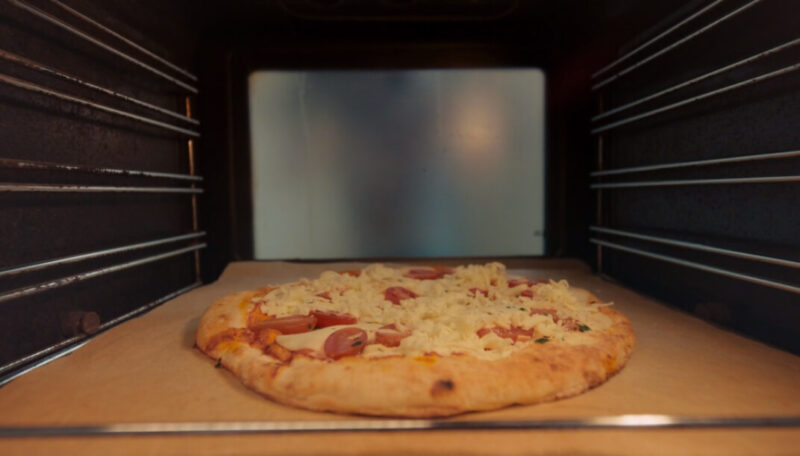
So you may be wondering, why use the oven to heat up leftover pizza instead of something quicker like the microwave? Well, the oven has some great advantages that really make it the best choice.
First off, the oven gives an all-around heat that touches every part of the pizza evenly. This means the toppings and cheese get hot without getting dried out. Everything stays super tasty!
It also keeps things crispy. Have you ever had microwave pizza? The crust gets kinda soggy. But the oven circulates the air around, so the crust stays crunchy on the outside like it’s supposed to be.
Plus, if you’ve got a lot of slices to reheat for friends or leftovers for later, the oven can do a big batch all at once. The microwave can only do one at a time. Cooking multiple pizzas together saves you time and energy in the long run.
Summary
As long as you follow the steps we talked about, your leftover pizza is sure to come out perfect.
So don’t get frustrated if it seems soggy before. Just try these tricks next time and I promise you’ll think it’s fresh made all over again!
Now you’ve got no excuse not to enjoy those leftovers. Dig in and let me know how it goes for you!
Related Posts:
- Top 3 Gluten-Free Dough Pizza Recipes You Need to Know About
- Pizza Making Techniques for Beginners - The Only…
- What Methods You Should Use to Reheat Pizza Properly?
- How to Reheat Pizza in Air Fryer - Quick and Crispy
- How to Choose the Right Pizza Oven for My Needs - 2024 Guide
- The Ultimate Pizza Topping Guide - Which Toppings…


